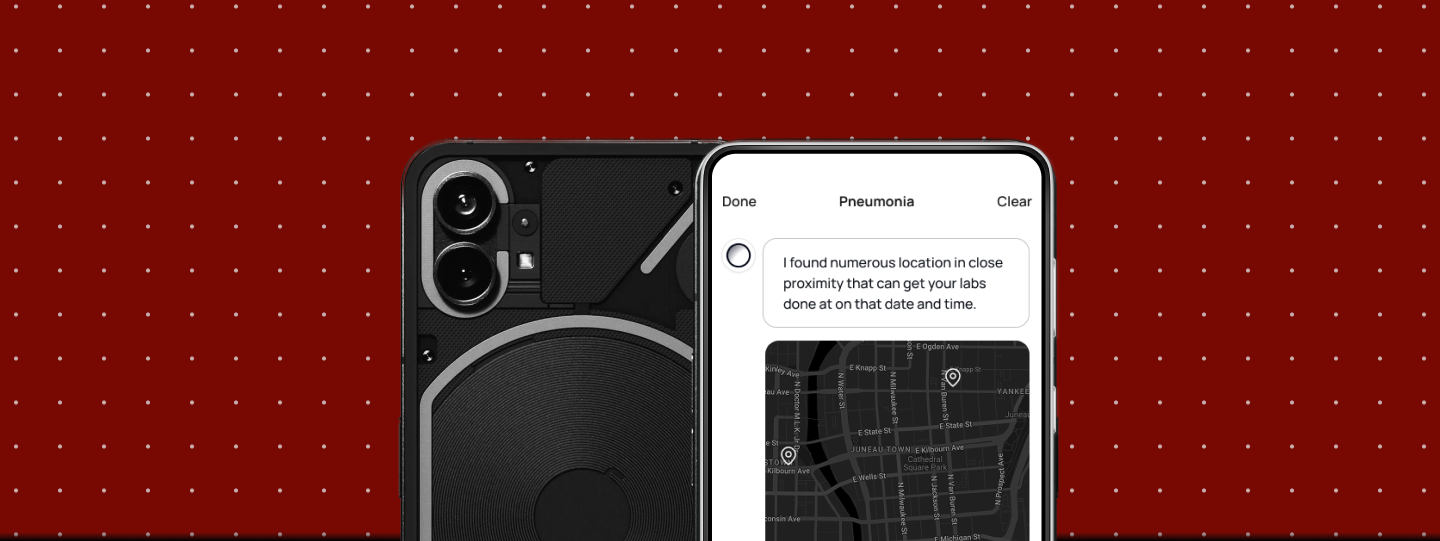Making the Grade

A Unified Platform for Schools
In 2021, the education technology landscape was dominated by point solutions that created more problems than they solved. Districts juggled separate systems for attendance, grading, communication, and reporting—each requiring different logins, workflows, and training. Teachers spent more time wrestling with technology than teaching, while parents struggled to get basic information about their children's progress.
Problem: The educational data landscape is fractured across multiple siloed tools from superintendents to students. How might I design a Teacher Portal to bridge all of them together?
My research revealed a fascinating behavioral pattern: teachers weren't avoiding new technology because it was too complex—they were avoiding it because it felt disconnected from their actual workflow. Traditional EdTech companies built features in isolation, missing the intricate choreography of a teacher's day.

I spent weeks learning from educators and mapping their routines. What emerged was a clear picture: teachers operate in a highly structured environment with as many as nine distinct class periods, each requiring different cognitive modes. Between classes, they have mere minutes to take attendance, review the previous period's work, and prepare for the next group of students. This insight became the foundation for a design philosophy centered on contextual efficiency—every feature had to serve the teacher's immediate needs within their specific moment in the day.
Rather than approaching this as a traditional software project, we evaluated each design decision against a simple question: "Does this reduce cognitive load during the teacher's most stressful moments?"
Design Decisions

Design Principles
- Persistent Progress: The platform maintains state across all activities, allowing teachers to seamlessly switch between periods during brief breaks to complete unfinished tasks without losing work.
- Progressive Disclosure: Complex features remain accessible while not overwhelming users during routine tasks.
- Unified Mental Model: Whether managing district reports or individual student data, users encounter consistent patterns and workflows that facilitate efficient data management.
UI Decisions

We anchored navigation to teacher behavior, not our feature list. The primary sidebar reflects today’s schedule—including rotating blocks, duties, and co-teaching—and surfaces live cues like “Attendance incomplete,” “Submissions to review,” and “Parent reply waiting.” Between bells, the next action is obvious; there’s no hunting through menus.
Cross-period work happens in a task-first rail: take attendance → grade → message families. We ship opinionated defaults and allow light personalization (pin, reorder, and class-specific tweaks) so teachers keep one mental model all day: what I’m doing trumps where I am.
The system travels well: desktop or tablet, large touch targets, full keyboard support, and autosave that protects progress—even on spotty Wi-Fi. Clear status and persistent context mean teachers can pick up exactly where they left off, whether they’re at their desk, in the hallway, or on the bus.
Why it matters: less decision fatigue, fewer steps from open to action, and more consistent same-day completion of critical tasks—without forcing teachers to change how they naturally move through the day. Teachers don't have workflows—they have micro-moments

Attendance was eating into teaching time—work that should be quick and administrative. We rebuilt it as a single-screen flow where the next action is obvious and nothing hides behind menus. For younger grades and fixed seating, a seat-map view mirrors the room. Teachers tap desks, not names, leaning on spatial memory instead of scanning a list. For flexible classrooms, seats can be rearranged or switched back to a simple roster.
Teachers handle real classroom scenarios with bulk controls (“all present,” “mark tardy,” “excuse absences after bell”) and quick toggles for edge cases. It’s fast on desktop or tablet, keyboard- and touch-friendly, and autosaves so progress isn’t lost on spotty Wi-Fi.
Why it matters: fewer taps, fewer errors, and more instructional minutes—without forcing teachers to change how they already manage their classrooms

Grading isn’t one-size-fits-all. Some teachers live in digital rubrics; others need to mark up paper. We made grading hybrid by default—enter scores quickly, open a rubric when needed, or attach photos of handwritten feedback to the student record. Calculations (weights, categories, late penalties) are handled automatically, while the feedback stays personal. Autosave, keyboard/touch shortcuts, and clear status cues keep the flow fast on desktop or tablet.

Gradebook views built for decisions:
- Points ⇄ Percentages toggle: Instantly switch how scores display—by assignment or for the whole class—without changing the underlying grade.
- Student drill-down: Click any student to open a side drawer with what’s missing, what’s late, recent submissions, and teacher comments—ready to act or send a reminder.
- At-a-glance summaries: Averages and category totals surface alongside each student so teachers can spot trends and intervene early.
Why it matters: all the data at a teacher’s fingertips, the flexibility to grade their way, and consistent calculations that make conversations with students and families straightforward.
Adoption follows behavior, not feature lists. By uncovering the behavioral brakes on tech use, we shaped Apollo to fit how teachers already work—period-driven routines, task-first flows, zero context switching. The impact wasn’t a pile of features; it was how those features disappeared into the workflow. Teachers didn’t have to change; the platform did.
The Business Impact
Completed Mockups
Launched in the MVP phase
Flows in less than 6 weeks
Minutes saved for teachers

Beyond streamlining, this case proves that research-led design delivers measurable business value and honors the domain expertise that sets the company apart. This project cemented my playbook for complex, multi-stakeholder products: start with behavioral insight, design for the real workflow you find (not the one you wish existed), and make the system carry the complexity so users can succeed.


